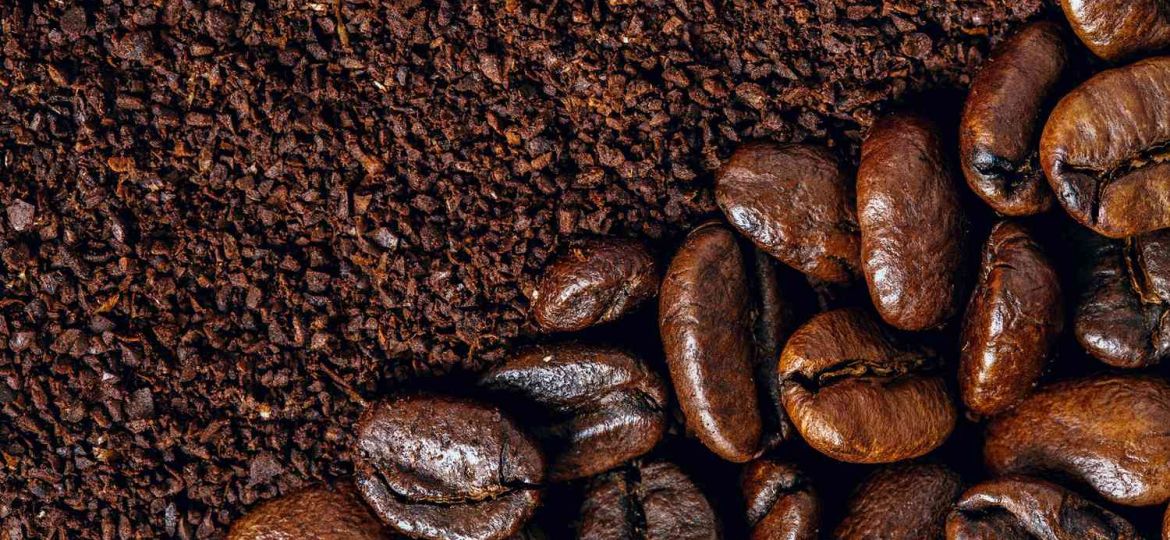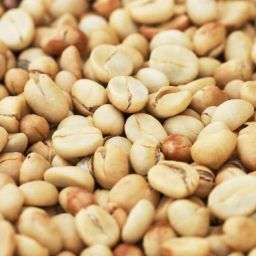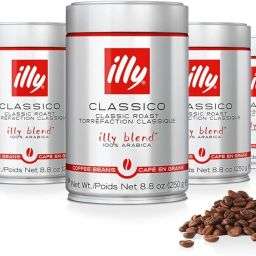
The history of coffee is as rich and complex as its flavor. Discovered according to legend by an Ethiopian goat herder named Kaldi, coffee has traversed continents, shaping cultures and economies. From its roots in Ethiopia, it has become a global staple, with millions depending on its cultivation, sale, and consumption.
Arabica vs. Robusta: Characteristics and Differences
Arabica and Robusta beans are the two primary types of coffee beans consumed worldwide. Arabica, known for its smooth, nuanced flavors and lower caffeine content, comprises about 60% of the world’s coffee production. Robusta, on the other hand, is valued for its strong, robust flavor and higher caffeine content, often found in espresso blends for its rich crema and intense taste. Arabica beans thrive in high altitudes and are predominantly grown in Latin America, Africa, and Asia, while Robusta beans are more resilient, growing at lower altitudes primarily in Africa and Indonesia.
Lesser-Known Varieties: Liberica and Excelsa
Liberica and Excelsa beans, though less common, contribute unique flavors to the coffee world. Liberica, with its distinct fruity and floral notes, is grown primarily in Malaysia and West Africa. Excelsa, often touted for its tart and fruity characteristics, adds complexity to coffee blends. These varieties offer a glimpse into the diversity of coffee flavors beyond the more prevalent Arabica and Robusta beans.
Definition and Purpose of Blending Coffee Beans
Blending coffee beans involves combining different varieties to create a balanced and complex flavor profile. The aim is to enhance the best qualities of each bean, whether it’s to achieve a certain taste, body, or acidity level. Blends can offer consistency in flavor, often sought after by coffee shops and aficionados alike.
Popular Coffee Blends and Their Characteristics
Espresso blends are among the most common, typically featuring a mix of Brazilian, Guatemalan, and Colombian beans to balance sweetness and bitterness. The Mocha-Java blend, combining beans from Yemen (or Ethiopia) and Indonesia, is another classic, offering a rich, full-bodied coffee experience. Breakfast blends, usually a mix of Central and South American beans, are designed to be light and invigorating, perfect for starting the day.
The Spectrum of Coffee Roasts: Light to Dark
Coffee roasts are categorized from light to dark, each stage significantly impacting the bean’s flavor profile and caffeine content. Light roasts, with their light brown color, retain the original flavors of the coffee bean, offering a higher acidity level. Medium roasts, a darker shade of brown, provide a more balanced flavor, aroma, and acidity. Dark roasts, nearly black and sometimes shiny with oil, deliver a strong, bold flavor with less acidity. The roasting process transforms the green coffee beans into the rich, aromatic beans we use to brew our daily cup.
Detailed Look at Specific Roasts
Light Roasts: Characteristics and Best Uses
Light roasts, often referred to as “cinnamon” or “first crack” roasts, are heated to just before the first crack stage. These beans have a light brown color, no oil on the surface, and a higher acidity. The flavor is more pronounced and can vary greatly depending on the bean’s origin. Light roasts are ideal for those who appreciate the nuanced flavors inherent in the coffee bean, often enjoyed in pour-over or drip coffee methods.
Medium Roasts: Characteristics and Best Uses
Medium roasts, sometimes known as “American” or “city” roasts, are brought to just after the first crack stage but before the second crack. They offer a more balanced flavor, aroma, and acidity, with a richer, darker color than light roasts. This roast level is the most popular in the United States, suitable for a wide variety of brewing methods, including espresso and drip coffee.
Dark Roasts: Characteristics and Best Uses
Dark roasts produce beans that are dark brown to black in color, with an oily surface. The flavors of dark roasts are bold and rich, often with a bitter or smoky taste, as the roasting process reduces the bean’s original flavors and increases bitterness. These roasts are ideal for those who enjoy a strong, robust cup of coffee and are commonly used in espresso and heavy-bodied blends.
Specialty Roasts: Breakfast Blend and Full City Roast
Specialty roasts like the Breakfast Blend and Full City Roast cater to specific flavor profiles. The Breakfast Blend is designed to be mild and balanced, often a light to medium roast, perfect for starting the day. Full City Roast, on the darker end of medium, reaches just before the second crack, offering a more pronounced flavor with some oil on the bean’s surface, suitable for those who enjoy a richer cup without the intensity of a dark roast.
Coffee Roasting Techniques
The Science of Roasting Coffee Beans
Roasting coffee is both an art and a science, involving careful temperature control to transform the chemical and physical properties of green coffee beans. The process develops the beans’ flavors, aromas, and color, with different roasting levels (light, medium, dark) achieved by adjusting the roast time and temperature. The “first crack” and “second crack” are key milestones indicating the stages of roast development.
How Roasting Affects Flavor Profiles
The roasting process profoundly affects a coffee bean’s flavor profile. Light roasts preserve the bean’s original flavors, highlighting its unique characteristics. Medium roasts enhance the coffee’s body and sweetness, balancing the bean’s natural flavors with the roasting process’s contributions. Dark roasts tend to mask the original flavors, emphasizing the flavors created by the roasting process itself, such as bitterness and smokiness. The choice of roast level allows roasters to influence the final taste of the coffee, catering to a wide range of preferences.
FAQs
What are the main differences between Arabica and Robusta beans?
Arabica beans are known for their smooth, complex flavor profiles, with higher acidity and lower caffeine content than Robusta beans. Robusta beans, however, have a stronger, more bitter taste with a higher caffeine level, often used in espresso blends for their rich crema. Arabica beans are predominantly grown in Latin America, Africa, and Asia, while Robusta is found mainly in Africa and Indonesia.
How do I choose the right coffee blend?
Selecting the right coffee blend involves considering your taste preferences and the coffee’s intended use. For a balanced, versatile flavor, look for blends with a mix of Arabica beans. If you prefer a stronger, more robust coffee, consider blends with some Robusta beans. Experiment with different blends from various regions to discover the flavors and profiles that best suit your palate.
Can the roast level of a coffee bean affect its caffeine content?
Contrary to common belief, the roast level has minimal impact on the caffeine content of coffee. While darker roasts have a bolder, stronger flavor, they don’t necessarily contain more caffeine. In fact, light roasts may retain slightly more caffeine due to less heat exposure during roasting. However, the differences are minimal and often overshadowed by the amount of coffee used in brewing.
What is a Full City Roast?
A Full City Roast is a medium-dark roast that occurs just before or slightly into the second crack stage of roasting. It presents a rich, dark color with some oil on the bean’s surface, offering a balance between the bean’s inherent flavors and those developed during roasting. This roast level emphasizes body and sweetness, making it a popular choice for espresso and other full-bodied coffee drinks.
Conclusion
In summary, the vast world of coffee encompasses a range of beans, blends, and roasts, each offering unique flavors and experiences. Arabica and Robusta beans provide distinct taste profiles, while the art of blending seeks to harmonize these flavors. Roasting further transforms the beans, unlocking a spectrum from light, nuanced tastes to bold, rich flavors. Understanding these elements allows coffee enthusiasts to navigate and appreciate the diverse coffee landscape.









